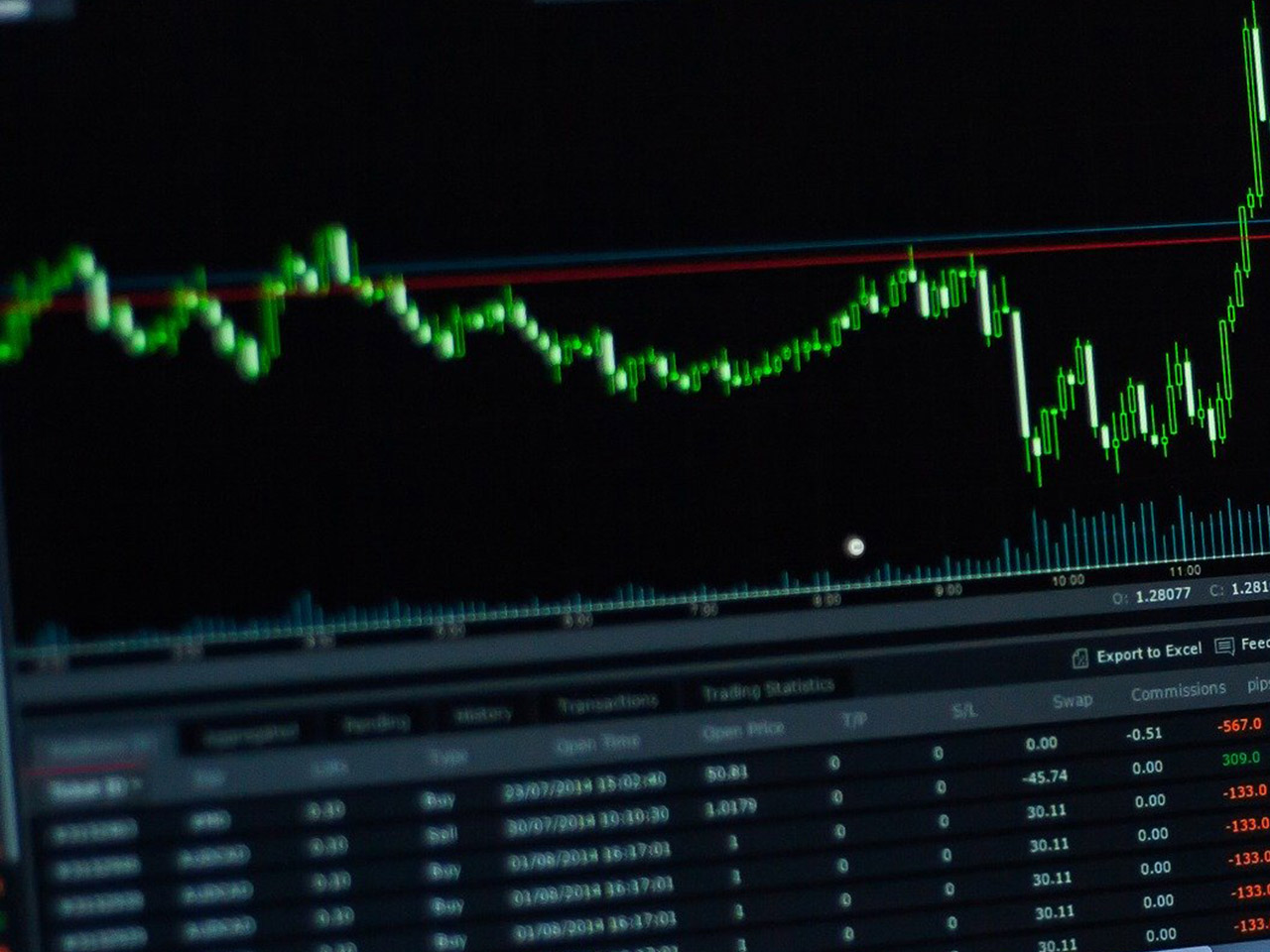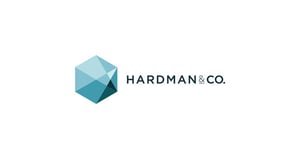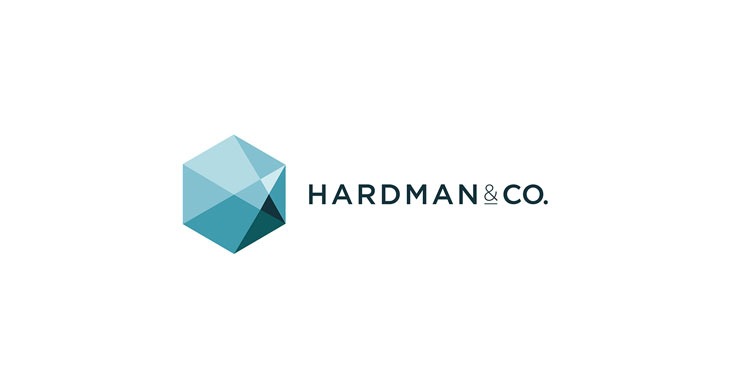Rolls-Royce Holdings PLC (RR.L), a prominent name in the aerospace and defence industry, stands as a cornerstone of British engineering and innovation. With a market capitalisation of $74.74 billion, Rolls-Royce continues to command significant attention from investors and industry analysts alike. Headquartered in London, the company has a storied history dating back to 1884 and is known for its mission-critical power systems that cater to a global clientele.
Currently trading at 894.8 GBp, Rolls-Royce has experienced a notable rise in its stock price, reaching the upper limit of its 52-week range from 431.00 to 894.20 GBp. This upward momentum is a testament to the company’s resilient performance and strategic initiatives. However, potential investors should note the modest price change of just 0.01%, which suggests a relatively stable trading period.
One of the standout metrics for Rolls-Royce is its impressive revenue growth of 12.10%, a figure that underscores the company’s robust business operations and market demand. Despite this, some valuation metrics, such as the P/E Ratio and PEG Ratio, remain unavailable, which may pose challenges for investors seeking a complete financial picture. Nonetheless, the forward P/E ratio of 3,098.87 raises questions about future earnings expectations and warrants further scrutiny.
The company’s free cash flow, an impressive £1.54 billion, highlights its ability to generate cash from operations, providing a solid foundation for future investments and debt management. Coupled with an EPS of 0.30, these figures suggest a company that is not only maintaining but potentially enhancing its financial health.
Investors seeking income might be cautiously optimistic about Rolls-Royce’s dividend profile. Although the dividend yield is modest at 0.68%, the zero payout ratio indicates that the company is prioritising reinvestment in its business over shareholder returns for the time being. This could be a strategic move to bolster long-term growth, especially in its emerging segments like New Markets, which focuses on cutting-edge technologies such as small modular reactors and new electrical power solutions.
Analyst sentiment reflects a positive outlook, with 11 buy ratings compared to only one sell rating, suggesting confidence in the company’s future prospects. However, the average target price of 863.56 implies a potential downside of -3.49% from the current price, indicating that the stock might be slightly overvalued at present levels.
From a technical perspective, Rolls-Royce’s stock is trading above both its 50-day and 200-day moving averages, at 806.66 and 653.17 respectively, which typically signals bullish momentum. However, the RSI (14) of 37.34 suggests the stock might be nearing oversold territory, a factor investors should consider when timing their entry or exit.
As Rolls-Royce continues to navigate the complexities of the aerospace and defence industry, its diversified segmental approach—from Civil Aerospace to Defence, Power Systems, and New Markets—positions it well to adapt to market demands and technological advancements. Investors with an eye on long-term growth and innovation might find Rolls-Royce a compelling addition to their portfolio, keeping in mind the nuanced financial and market dynamics at play.





































